Between the Guadalquivir and Guadiana estuaries, the Huelva coast is a series of spectacular beaches, idyllic natural spaces and charming fishing villages with a true seaside feel where you can find the tastiest dishes on the Atlantic coast. The sea offers many delicacies, but only one stands out above the rest in the region's gastronomy. The white prawn, ‘The Pearl of Huelva’.
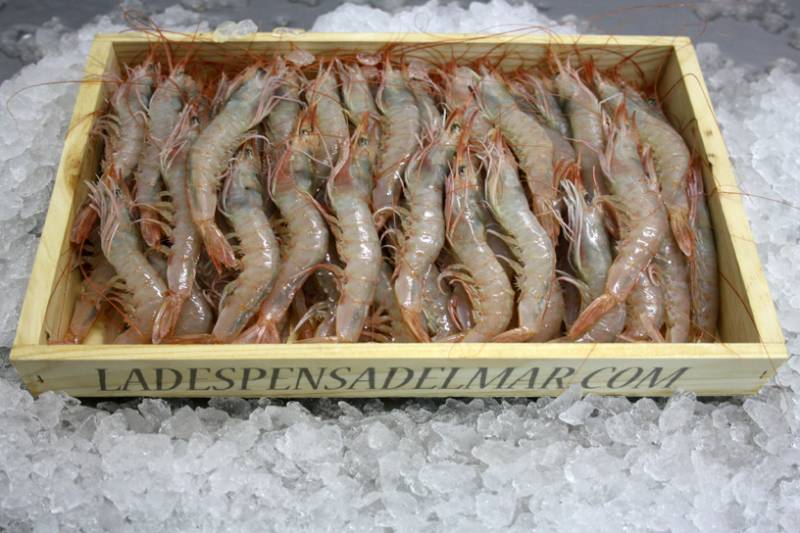
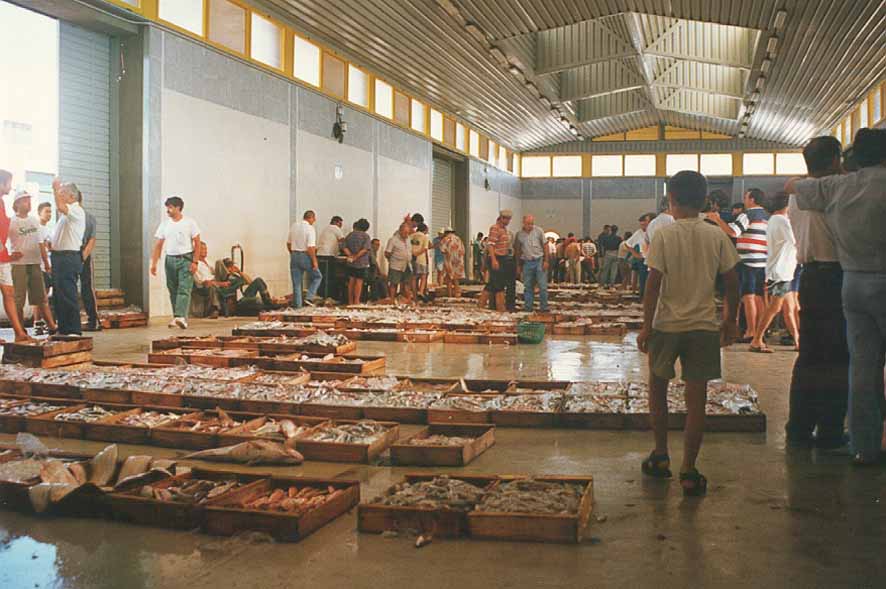
From east to west, the Costa de la Luz (Light Coast) starts at Tarifa and ends at the mouth of the Guadiana, the river border between Spain and Portugal. Many spots vie to be the most beautiful in the region. But on its coastline the white prawn has no need to compete - there is no rival to its flavour. With long whiskers and a flat body, the white prawn is the queen of the markets and tapas bars in Huelva. The inshore fleet catches it using traditional methods from the sandy seabeds of the coast and its thin skin, in a slightly pink tone, needs the right cooking time and a pinch of salt to turn this seafood into one of the finest delicacies of Huelva's cuisine.
There are a wide variety of prawns, but the one with the highest quality and culinary value is the Huelva coastal prawn, auctioned every day in the fish markets of Ayamonte, Huelva, Isla Cristina and Punta Umbría. Its meat is highly valued and it is prepared in many ways, although boiled and grilled are the most popular. To prepare them, boil water with salt and add the prawns when the water starts to boil. After a few minutes over the heat, leave them to rest in a bowl with water, ice and salt. If you want to grill them, put a layer of coarse salt on the grill, heat it and sear the prawns on both sides. Afterwards, you just need to season them with a generous handful of coarse salt. The Huelva white prawn, like other shellfish, has a high nutritional value and is a source of proteins, phosphorus, selenium, iron, calcium and vitamins such as B12 and niacin. One hundred grammes provide over 80% of the recommended daily amount of iodine for women over 16, and it must be consumed in moderation as its cholesterol levels are relatively high.
So for those of you who don’t know Huelva here is a short tour of this wonderful region…
If one starts at the marshes of Almonte. Here you can find the village of El Rocío, where thousands of pilgrims flock each year, on the first Monday of Pentecost, to honour the Virgin, their Virgin. It is the most popular, traditional and festive pilgrimage in Andalusia. The shrine (built in the seventies), the sandy streets at the doors of the brotherhoods, and the views of the marshes are must-sees.
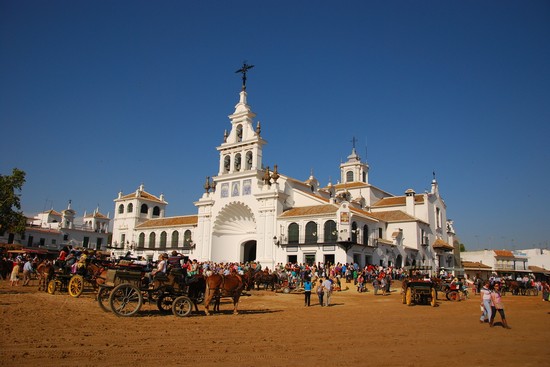
The road takes you to Matalascañas. There you can enjoy the long Atlantic beach, take a look at its impressive lighthouse and stroll through the Dune Park, sign-posted along a path through junipers and pines. If you still have strength after this trip into nature, you can visit the Marine World Museum (Ctra. Matalascañas a Mazagón) and turn off at El Acebuche (Ctra. A-483 Km. 38.7), which is the Visitor Reception Centre for the National Park of Doñana and where you can find all the information you need to see everything there is to see in the park. A road runs through the National Park of Doñana and connects Torre de la Higuera beach (Matalascañas) with Mazagón beach. There are several recreational areas before reaching the turn-off leading to Parador beach, with spectacular sandstone cliffs such as Asperillo cliff.
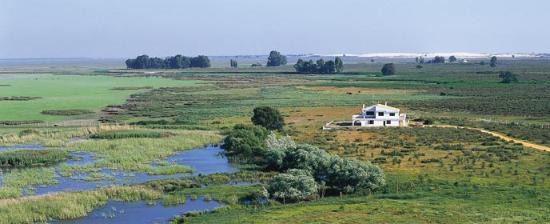
From Mazagón to Huelva the landscape becomes more industrial and ends at La Rábida, the birthplace of the discovery of the New World. Here you can visit the José Celestino Mutis botanical garden, free of charge, with species from all five continents; the Muelle de las Carabelas dock with a reproduction of the three ships that took Columbus to America, and the monastery of Santa María de La Rábida (Diseminado De la Rábida; 959 350 411). Opposite the monastery, on the other side of the Huelva estuary, you can see the mouth of the Odiel and its marshes, also a protected Natural Landscape. Next the route takes you to the capital. At the entrance, 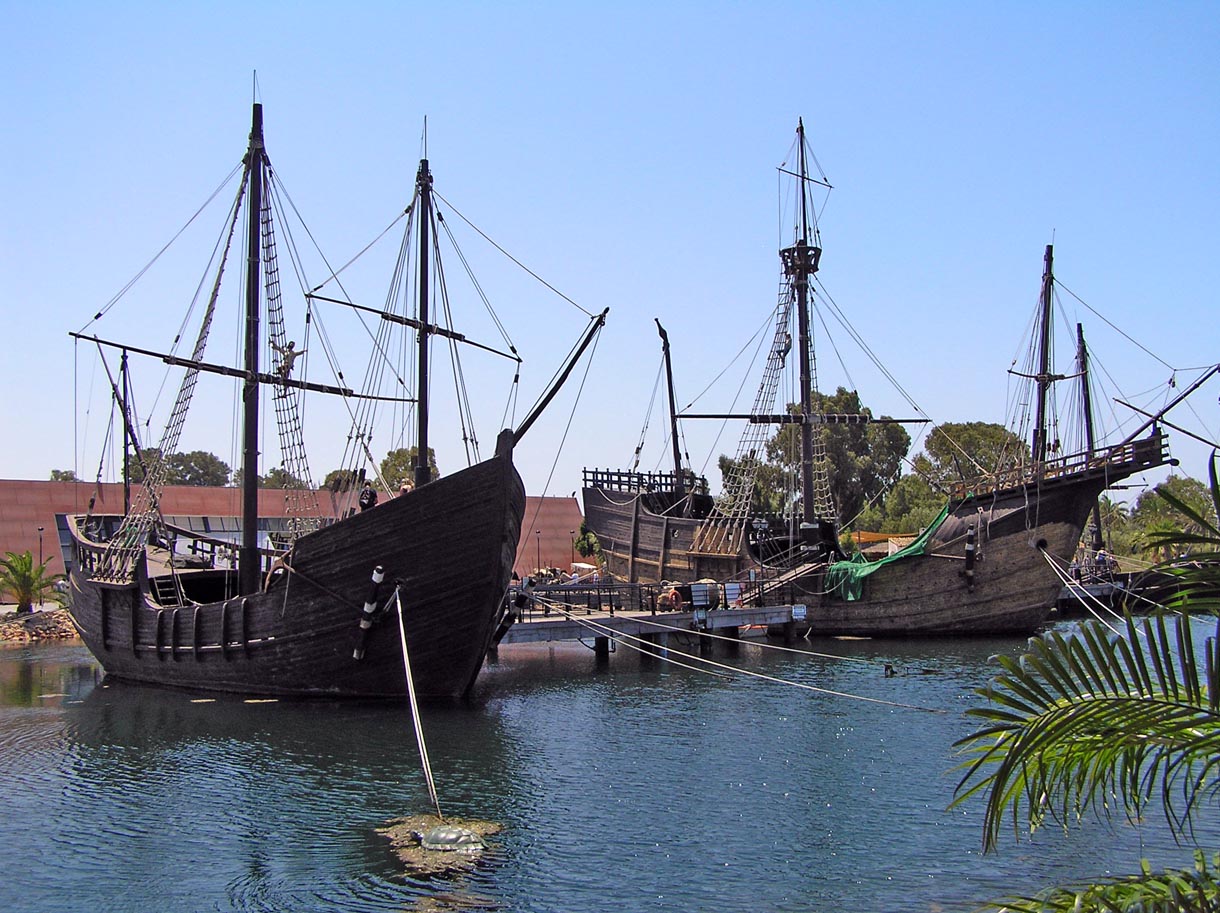 cross the bridge over the river Tinto to join a road that leads along the Juan Carlos I dam to the lighthouse, opposite the refinery. Punta Umbría, one of Huelva's official summer destinations and the next stop on the route, is a stone's throw from the city. Wooden walkways lead to the famous dune beaches of Enebrales and Mata Negra. After a relaxing swim, continue the route to El Portil, at the edge of another of the most representative protected natural spaces on the Costa de la Luz: the mouth of the river Piedras and La Flecha del Rompido, a 10 km sandbar that extends towards El Terrón, home to one of the most important colonies of waterfowl such as the pintail, cormorant or the little egret. From here, head towards La Antilla, a long family beach with a great promenade, palm trees and terraces that almost touch the sand.
cross the bridge over the river Tinto to join a road that leads along the Juan Carlos I dam to the lighthouse, opposite the refinery. Punta Umbría, one of Huelva's official summer destinations and the next stop on the route, is a stone's throw from the city. Wooden walkways lead to the famous dune beaches of Enebrales and Mata Negra. After a relaxing swim, continue the route to El Portil, at the edge of another of the most representative protected natural spaces on the Costa de la Luz: the mouth of the river Piedras and La Flecha del Rompido, a 10 km sandbar that extends towards El Terrón, home to one of the most important colonies of waterfowl such as the pintail, cormorant or the little egret. From here, head towards La Antilla, a long family beach with a great promenade, palm trees and terraces that almost touch the sand.
Next to the coast, the road offers views of the sea and takes you to Isla Cristina. The town's large inshore fleet is a leader in white prawn fishing, which you can buy at a good price in the fish market, famous since the 18th century. You must visit the area for some tapas. As well as its magnificent beaches (Islantilla, Centro or Punta del Caimán), its tapas bars are a good place for a rest. The route ends in Ayamonte, the westernmost town in the province, on the banks of the Guadiana. From the Villa district you can see the estuary, the International bridge and the Portuguese town of Vila Real de Santo António. The church of the Divino Salvador, Pozo Nuevo (New Well) and the Museum of the Brotherhood of La Soledad (Plaza de San Francisco), which houses pieces from the local Holy Week celebrations, are must-visits along the road to the area of La Ribera, which puts the finishing touch to the route with its fishing ports and marinas, and its busy streets around the Plaza de La Laguna.